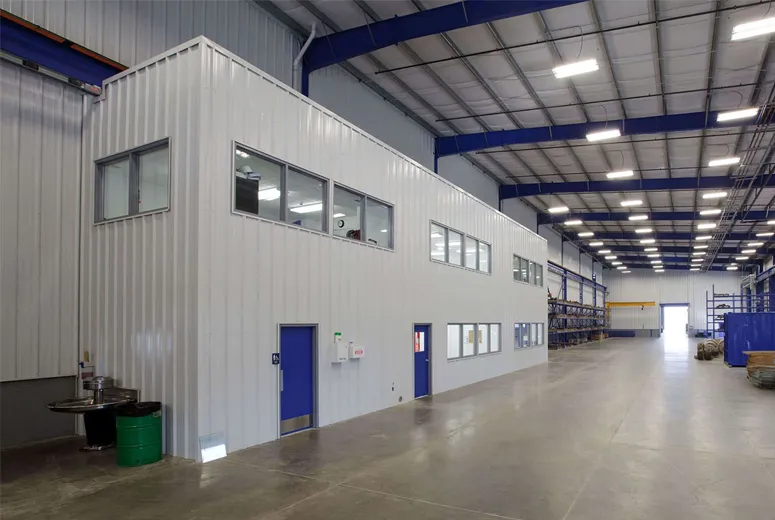- Afrikaans
- Albanian
- Amharic
- Arabic
- Armenian
- Azerbaijani
- Basque
- Belarusian
- Bengali
- Bosnian
- Bulgarian
- Catalan
- Cebuano
- Corsican
- Croatian
- Czech
- Danish
- Dutch
- English
- Esperanto
- Estonian
- Finnish
- French
- Frisian
- Galician
- Georgian
- German
- Greek
- Gujarati
- Haitian Creole
- hausa
- hawaiian
- Hebrew
- Hindi
- Miao
- Hungarian
- Icelandic
- igbo
- Indonesian
- irish
- Italian
- Japanese
- Javanese
- Kannada
- kazakh
- Khmer
- Rwandese
- Korean
- Kurdish
- Kyrgyz
- Lao
- Latin
- Latvian
- Lithuanian
- Luxembourgish
- Macedonian
- Malgashi
- Malay
- Malayalam
- Maltese
- Maori
- Marathi
- Mongolian
- Myanmar
- Nepali
- Norwegian
- Norwegian
- Occitan
- Pashto
- Persian
- Polish
- Portuguese
- Punjabi
- Romanian
- Russian
- Samoan
- Scottish Gaelic
- Serbian
- Sesotho
- Shona
- Sindhi
- Sinhala
- Slovak
- Slovenian
- Somali
- Spanish
- Sundanese
- Swahili
- Swedish
- Tagalog
- Tajik
- Tamil
- Tatar
- Telugu
- Thai
- Turkish
- Turkmen
- Ukrainian
- Urdu
- Uighur
- Uzbek
- Vietnamese
- Welsh
- Bantu
- Yiddish
- Yoruba
- Zulu
Nov . 11, 2024 02:14 Back to list
Understanding Pre-Engineered Buildings A Comprehensive Overview
Pre-engineered buildings (PEBs) have revolutionized the construction industry, providing a cost-effective and efficient solution for various building needs. These structures are pre-manufactured in a factory and then assembled on-site, significantly reducing construction time and labor costs. This article delves into the advantages, applications, and potential challenges associated with pre-engineered buildings.
What Are Pre-Engineered Buildings?
Pre-engineered buildings are structures that are designed, manufactured, and assembled using pre-fabricated components. The process begins with careful design planning, where architects and engineers work together to create a building that meets specific requirements. Components such as steel frames, roofing systems, and wall panels are fabricated off-site, allowing for precision and high-quality manufacturing.
Once the components are ready, they are transported to the construction site for assembly. This method not only expedites the construction process but also minimizes the disruption typically associated with on-site construction activities.
Advantages of Pre-Engineered Buildings
1. Cost Efficiency One of the primary benefits of PEBs is their affordability. Traditional construction methods often involve high labor costs and extended timeframes. With pre-engineered buildings, the reduction in on-site construction time results in overall cost savings, making PEBs an attractive option for businesses and individuals alike.
2. Speed of Construction PEBs can be erected much quicker than conventional buildings. The entire process, from fabrication to assembly, can take as little as a few weeks. This accelerated timeline is particularly beneficial for businesses that require quick build times to meet operational needs.
3. Design Flexibility Modern pre-engineered buildings offer a wide range of designs and customization options. Whether for industrial warehouses, commercial spaces, or agricultural storage, PEBs can be tailored to fit specific functional and aesthetic requirements.
pre engineered buildings

4. Sustainability Many PEB manufacturers focus on sustainability by using recyclable materials and energy-efficient designs. This commitment to environmental responsibility aligns well with the increasing global demand for green building practices.
5. Durability and Strength Pre-engineered buildings are constructed from high-quality materials, typically steel, which ensures they can withstand severe weather conditions, including high winds and heavy snow loads. The strength of these buildings makes them a reliable choice for long-term use.
Applications of Pre-Engineered Buildings
The versatility of PEBs allows them to be used for a variety of applications, including
- Warehouses Large industrial complexes benefit greatly from PEBs due to their wide spans and clear interior spaces. - Manufacturing Facilities Factories often require large, open spaces for machinery and assembly lines, making pre-engineered buildings an optimal choice. - Retail and Commercial Spaces PEBs can be customized for office complexes, shopping centers, and service shops. - Agricultural Structures Farms and agricultural businesses utilize pre-engineered buildings for storage, barns, and processing facilities.
Potential Challenges
While pre-engineered buildings offer numerous benefits, some challenges should be considered. For instance, the initial investment in design and engineering can be significant. Furthermore, local building codes and regulations must be carefully reviewed to ensure that the chosen PEB design complies with all requirements, which may complicate the process in certain jurisdictions.
Conclusion
Pre-engineered buildings represent a significant advancement in construction technology, providing a robust, efficient, and cost-effective solution for various building needs. Their adaptability makes them suitable for numerous applications across different industries. As the demand for fast, economical, and sustainable construction methods grows, pre-engineered buildings will likely play a pivotal role in shaping the future of the construction landscape. Whether for businesses or individual projects, PEBs offer a promising alternative to traditional building methods, combining functionality with modern design.
-
How Do Prefabricated Steel Structures Transform Modern Construction?
NewsJul.14,2025
-
How Do Prefabricated Metal Buildings Redefine Modern Construction?
NewsJul.14,2025
-
How Do Prefab Insulated Metal Buildings and Steel Structures Revolutionize Modern Construction?
NewsJul.14,2025
-
How Do Pre - Engineered Steel Structures Redefine Modern Construction?
NewsJul.14,2025
-
Advancing Modular Construction with Prefabricated Metal Structures
NewsJul.14,2025
-
Advancing Industrial Infrastructure with Prefabricated Steel Solutions
NewsJul.14,2025
Products categories
Our Latest News
We have a professional design team and an excellent production and construction team.












